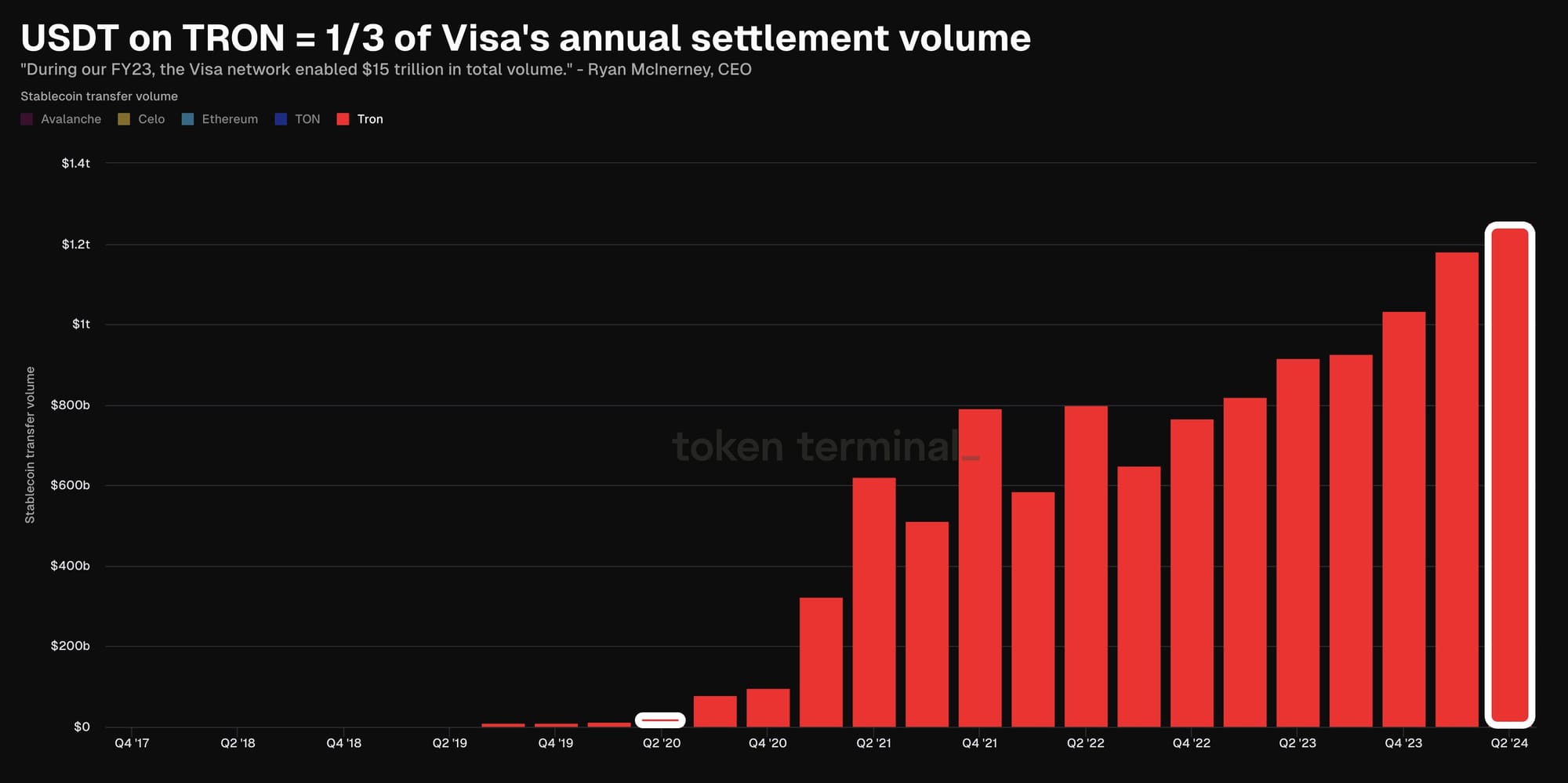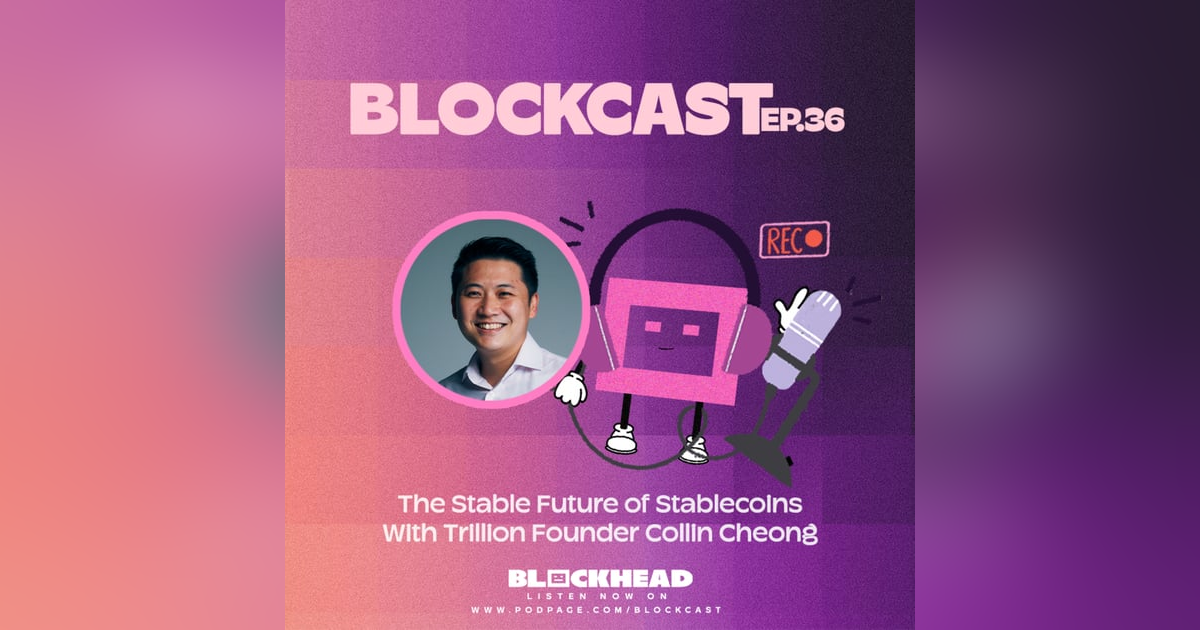Table of Contents
In the past 90 days, the Tron network has outpaced the Ethereum network in fees accrued, generating about $435 million in fees compared to Ethereum's $ 364 million. In just the past 30 days, Tron has generated $152 million in fees, which is roughly 50% higher than Ethereum's $96 million.

Justin Sun, the founder of Tron network took to X stating that if this trend were to persist it would position Tron protocol as the most profitable blockchain in history.
"If this trend continues, Tron's protocol revenue could even surpass $2 billion this year, making it the most profitable blockchain on Earth!" Sun said.
He further clarified that 100% of the revenue goes to TRX holders in a reply to his post.
In the past 30 days, according to @tokenterminal, TRON's protocol revenue has exceeded Ethereum's protocol revenue by 50%. If this trend continues, TRON's protocol revenue could even surpass $2 billion this year, making it the most profitable blockchain on Earth! 🤯 pic.twitter.com/kbzjU5zM5O
— H.E. Justin Sun 孙宇晨 (@justinsuntron) August 15, 2024
Currently, half of the USDT stablecoin in circulation is on the Tron network. This substantial market share is notable, given that USDT itself represents 70% of the overall stablecoin market. It is likely where the majority of fees come from for the protocol.
At the present moment, USDT's transfer volume on Tron is almost one-third of Visa's annual settlement volume. This comparison highlights the significant scale of USDT transactions on Tron, reflecting its substantial usage and adoption in the stablecoin market.

In June, Sun announced that his team is working on a solution to allow stablecoin transfers with the fees covered by stablecoins itself.
In other words, users need no hold TRX to make a transfer involving USDT, the fees can be paid with USDT instead.
Anticipated to launch by year-end, this integration will be live first on the Tron blockchain followed by Ethereum and other EVM-compatible chains.
We anticipate launching this service in Q4 of this year. I believe that similar services will greatly facilitate large companies in deploying stablecoin services on the blockchain, elevating blockchain mass adoption to a new level.
— H.E. Justin Sun 孙宇晨 (@justinsuntron) July 6, 2024
"I believe that similar services will greatly facilitate large companies in deploying stablecoin services on the blockchain, elevating blockchain mass adoption to a new level," said Sun in the tweet.
It remains to see how the gasless transfer will be received by both individual users and also major companies but it is a unique innovation in the stablecoin space.










